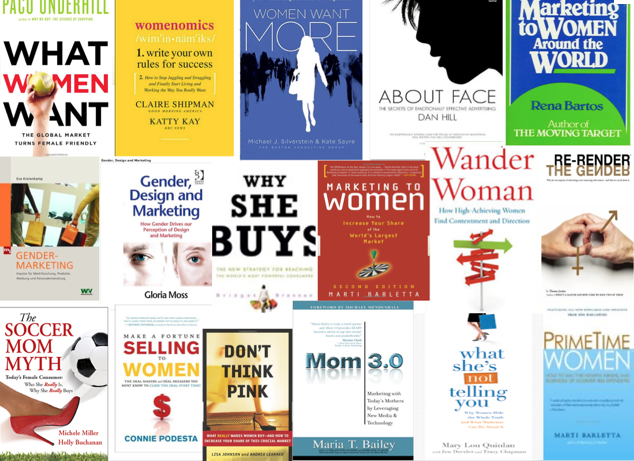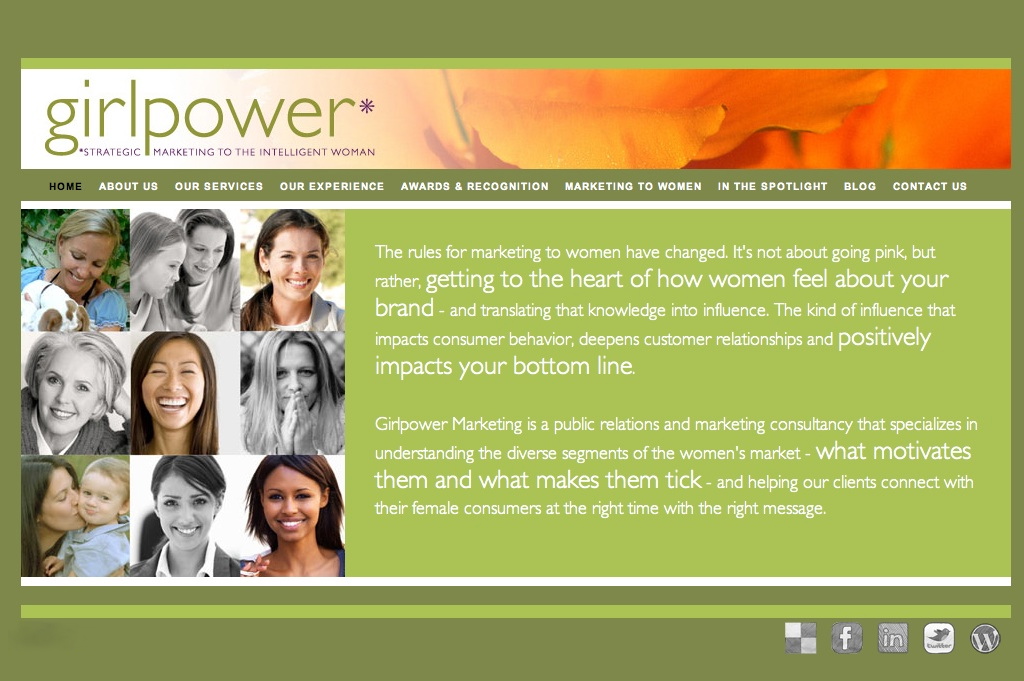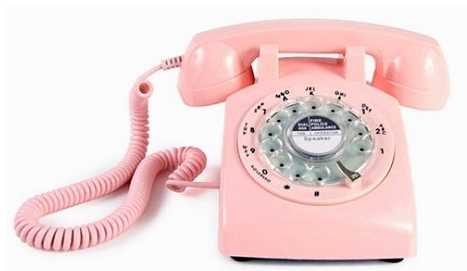Marketing to Women: Money Talks

The Financial Industry and Marketing to Women
Women control $8 trillion in assets in the U.S., and by 2020 are expected to control $22 trillion, according to TD Ameritrade. Consider these statistics:
- 89% of financial account openings are controlled by women
- Women sign 80% of all checks, business and personal
- Women take care of 75% of all family finances
- 66% of women maintain separate investment accounts from their spouses
- 27% of all millionaires are women
But while women like and need financial advice, they’re not so keen on the financial industry – having expressed that they find this industry the least responsive to their needs out of 32 industry sectors. So how can financial marketers get a piece of this lucrative market?
When marketing to women, the industry needs to understand that they view money and wealth in a different way than men. While men are much more competitive about money management, a woman’s end goal isn’t typically to accumulate money, but to improve her life and those of her family. Financial professionals who want to attract and retain female clients need to speak to women in the language that most appeals to them. For example:
- Women like to connect and learn in communities, whether it’s in a casual home environment, or on social media channels
- Women want to establish relationships with their advisors, and seek referrals from other women
- While men address their finances in a more transactional way, women want to talk through their financial decisions
What have been your experiences with the financial industry? And marketers, are you communicating effectively to this important audience?







 I was in a new business meeting the other day where I was discussing the immense marketing muscle of women with a brand manager. This brand manager (a man) chimed in that he didn’t necessarily buy it — he wasn’t so sure that women had the buying power that they actually do. Which might explain why his brand (as great as it is) is languishing.
I was in a new business meeting the other day where I was discussing the immense marketing muscle of women with a brand manager. This brand manager (a man) chimed in that he didn’t necessarily buy it — he wasn’t so sure that women had the buying power that they actually do. Which might explain why his brand (as great as it is) is languishing.
